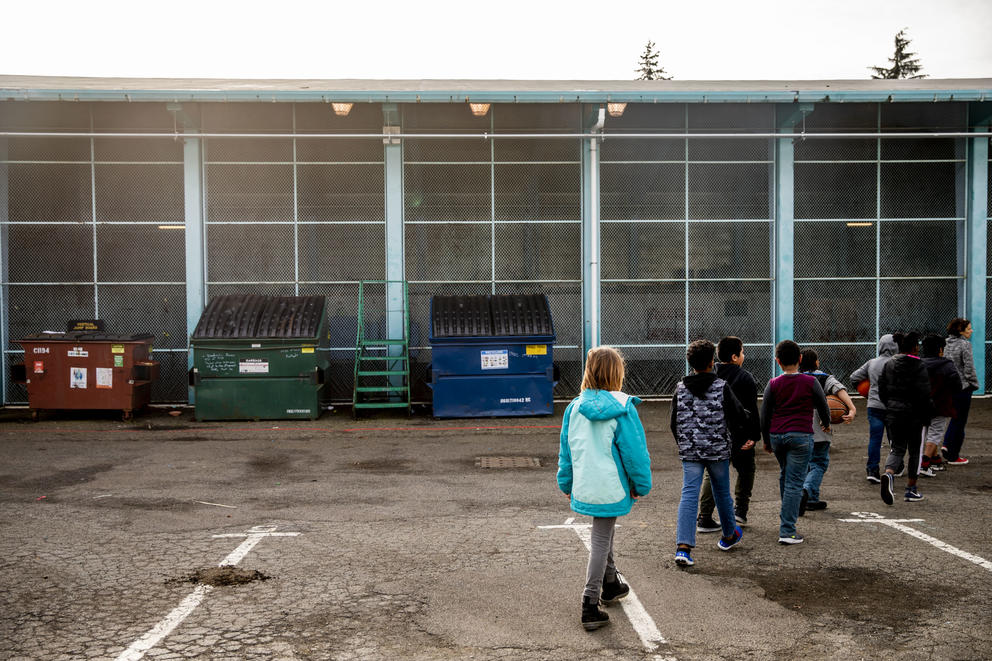And yet sports and physical activity remain on the periphery of conversations about how to improve outcomes for children and teens. By failing to invest in youth sports to improve social-emotional and physical well-being, we are not doing all we can to support kids in our community.
Civic organizations and schools used to play a major role in physical education and activity, but youth sports is now a $15 billion industry. This commercialization has “adultified” youth sports from kid-led free play into a highly structured enterprise of single-sport specialization and competition focused on winning. While that model might be developmentally appropriate for grown professionals, it is not safe for 8-year-olds or effective as an approach to long-term athletic or youth development. Hyperfocus on competition has many side effects, including increased injury and high rates of burnout and attrition. Frankly, it also leaves many kids disillusioned with sports.
In the State of Play study, families had plenty to say about this marketplace. On the one hand, families of limited means described a system out of reach. One father, a recent immigrant, said, “My kids want to go outside, they want to be active. Like many other parents, we have an issue. We are limited with the money. What they are asking us to pay, people like us, is not what we can afford.”
On the other hand, families participating in club-based youth sports programming expressed frustration with its demands and drawbacks. One mother called club sports a “vortex because it just takes over your entire life.” She added that her son was “practicing multiple times a week all over the city.” Ultimately, the expense, pressure and lack of fun led them to opt out.
In a recent New York Times piece, Tom Farrey, executive director of the Aspen Institute’s Sport and Society program, highlighted a country doing youth sports right: Norway. There, youth sports are governed by the Children’s Rights in Sport, which Farrey calls “a declaration that underpins its whole sports ecosystem and describes the type of experience that every child in the country must be provided, from safe training environments to activities that facilitate friendships.” While the idea of a youth athlete bill of rights is a compelling end goal, the first step, locally, needs to be recognition of the problem and community investment in addressing the trends and inequities.
To that end, the State of Play report has prompted the creation of the King County Play Equity Coalition, a community-led effort to bolster youth physical activity and decrease inequities in who has access to sport and places to play. The first steps of the coalition are to increase awareness of this troubling community health issue, spur civic and philanthropic investment in systemic solutions and catalyze the community to demand safe, fun sports and physical activity programs for all kids. Fortunately, Seattle’s professional sports teams, including the Mariners, Sounders, Storm and new National Hockey League team, have signed on to this effort, a welcome move that suggests the region is poised to create a national model for play equity.
Seattle’s adults are some of the healthiest in the country. Without more attention to a system that prioritizes sports and physical activity for everyone, future generations in our region may not be. Now is the time to take bold collective action and reinvent the youth sports ecosystem so that it actually serves the health and educational needs of our youth.


